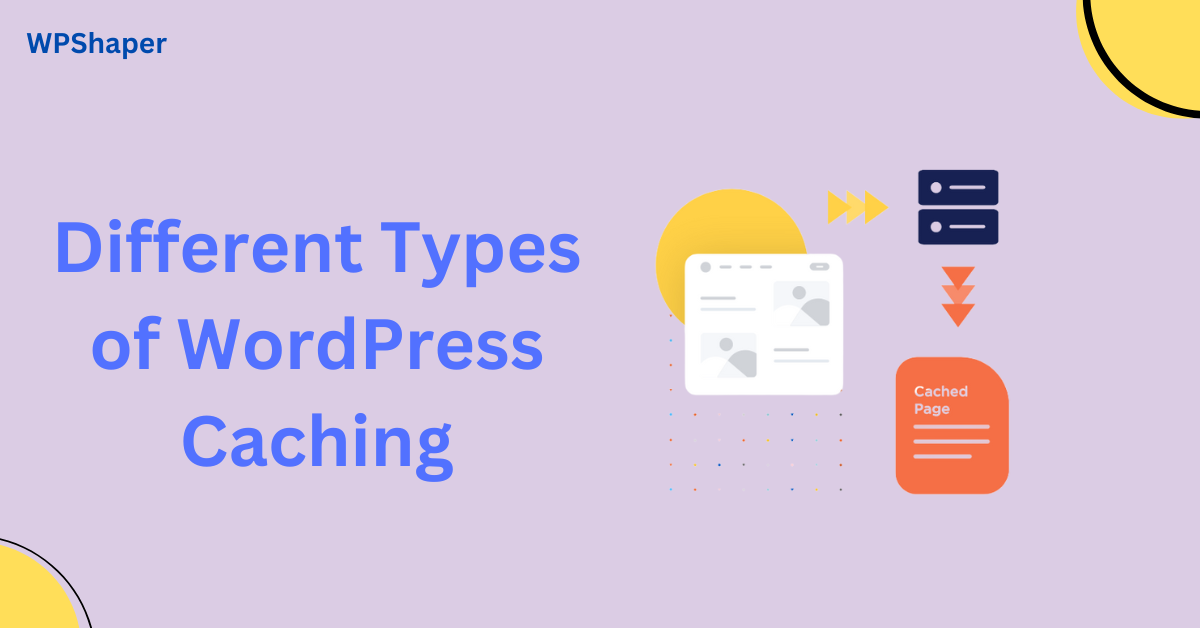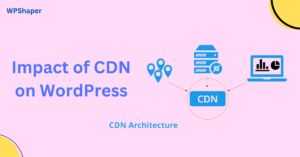Caching in WordPress refers to the process of storing static versions of your website’s dynamic content, such as HTML files, images, stylesheets, and JavaScript files. This helps improve the loading speed of your website and reduces the load on your server by serving pre-generated content to visitors instead of generating it dynamically for each request. There are several types of caching in WordPress:
Different Types of WordPress Caching
Page Caching: Page caching involves storing entire HTML pages as static files and serving them to visitors. When a user requests a page, the cached HTML version is served instead of regenerating the page on the fly. Popular WordPress plugins like WP Super Cache and W3 Total Cache offer page caching functionality.
Object Caching: Object caching stores frequently used database queries and data in memory, reducing the need to query the database each time a page is loaded. This can significantly improve the performance of dynamic websites. WordPress uses an object caching API that can be integrated with external object caching systems like Memcached or Redis.
Browser Caching: Browser caching involves instructing visitors’ browsers to store certain static assets locally. This allows returning visitors to load the site faster, as their browsers can retrieve cached resources instead of downloading them again. You can configure browser caching through your server settings or plugins like W3 Total Cache.
Opcode Caching: Opcode caching stores precompiled PHP code in memory, reducing the need to re-parse and compile PHP scripts on each request. This type of caching is usually handled by PHP accelerators like APC (Alternative PHP Cache) or OPcache, which is built into PHP 5.5 and later versions.
Fragment Caching: Fragment caching allows you to cache specific sections of a page instead of the entire page. This is useful for cases where only certain parts of a page are dynamic. Fragment caching is usually done using WordPress functions like
wp_cache_set()andwp_cache_get().CDN (Content Delivery Network) Caching: A CDN caches your website’s static assets on servers located around the world, reducing latency and improving loading times for visitors from different geographical locations. While not specific to WordPress, CDNs can be integrated with WordPress sites to improve overall performance.
Reverse Proxy Caching: This involves using a reverse proxy server to cache and serve content. The reverse proxy sits between the user and your web server and can serve cached content directly, reducing the load on your main server.
When implementing caching on your WordPress site, it’s important to consider factors like the type of content you’re serving, the frequency of updates, and the plugins or tools you’re using. While caching can significantly improve performance, it might also cause issues with displaying updated content if not configured correctly. Therefore, it’s advisable to thoroughly test and monitor your site’s performance after implementing caching solutions.




